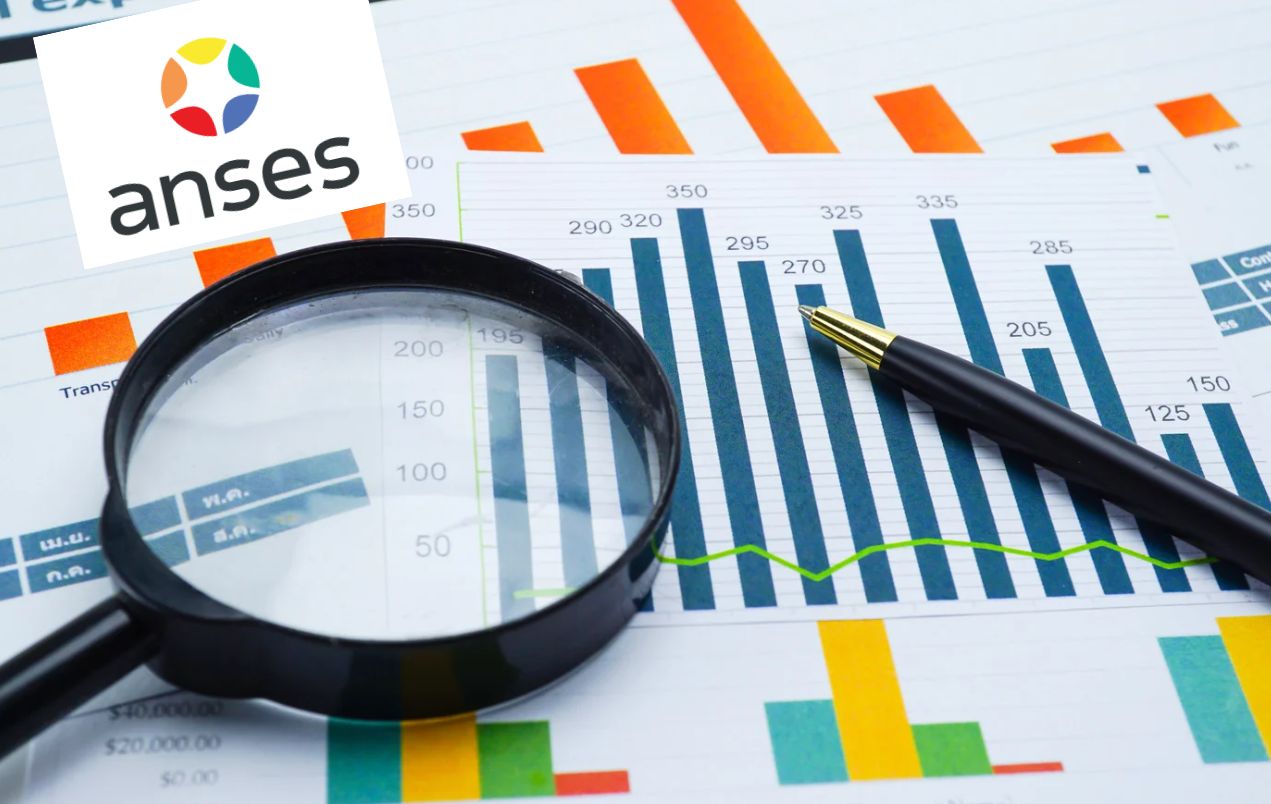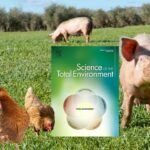
Making better use of data from the r-nano register: 5 proposals from ANSES
In 2022, the French national agency for health and safety (Anses) launched expert appraisal aimed at improving the use of data from the R-Nano register. Published at the end of June 2025, the results are highly promising: accompanied by concrete examples demonstrating how enhanced registry data could improve health risk assessment and prevention, they are supported by five strong sets of recommendations. All that’s missing now is the political will to put them into action.
Three years of cross-disciplinary expertise
The ANSES report entitled ‘Exploitation des données issues de la déclaration annuelle des substances à l’état nanoparticulaire‘ is now available.
In 2022, Anses decided, on its own initiative, to launch an in-depth appraisal of the R-Nano register, with the aim of improving the use of data reported in the R-Nano registry. The main objective? To facilitate the identification of various types of exposure to nanomaterials, and to prioritize relevant actions in terms of public and occupational health. The experts also worked on formulating recommendations to strengthen data consolidation, improve the traceability of nanomaterials, and enhance regulatory controls.
The multidisciplinary expert group worked on the R-nano database and interviewed various organizations.
Different possible categories of use
Different categories for the use of data from the R-Nano register are proposed, each with varying levels of relevance and implementation complexity:
- Summary sheets of the data contained in R-Nano, grouped by substances, sectors of use, or geographic areas;
- Emerging trend indicators based on the evolution of reported data, aimed at identifying market trends and/or detecting potential reporting anomalies;
- Indicators related to the exposure of workers and residents near sites where nanomaterials are imported, handled, or produced.
Two major challenges
The report highlights two major challenges to address:
1. improve the quality and completeness of the data collected, particularly regarding the locations where nanomaterials are handled, as well as the nature of these materials;
2. develop and strenghten the usefulness of R-Nano for risk assessment in both occupational and environmental health.
Five sets of recommendations
Based on this work, the committee of specialized experts (CES) ‘Physical Agents and New Technologies’ of Anses has made five sets of recommendations to ensure that the R-Nano registry can be fully used as a tool for prevention and public information—without compromising data confidentiality:
- Expand the purpose of the reporting system, which is currently limited to the traceability of nanomaterials, to the include the assessment of the health risks associated with these substances.
- Improve the reporting process, through various measures—particularly the simplification and clarification of the reporting process, data entry by prevention officers, and enhanced support for inspection services at the regional level1from the ministry of ecology (Dreal) and from the ministry of labor (Dreets).
- Include additional data in the registry, such as the precise quantification of the number of workers potentially exposed to nanomaterials at each site, identification of the purpose for which the nanomaterial is used, and data collection on environmental releases (waste, effluents, emissions).
- Facilitate access to and use of the data
– by providing registrants with information useful for risk prevention;
– by updating the list of services authorized to access these data: regional health agencies (ARS), research organizations, labour inspectors and occupational physicians working for the labour inspection services, occupational health and safety prevention services (SPST), etc.
– by enabling cross-referencing of the R-Nano registry with other databases (RNV3PE17, toxicovigilance, national health insurance, etc.);
– by sharing information with the general public in a more accessible format. - Extend the scope of mandatory reporting to include finished products and waste containing nanomaterials, in order to strengthen the traceability of these substances.
→ An adjustment of the regulatory texts governing R-Nano registry will be necessary to make these recommendations possible, in line with AVICENN’s repeated demands. During the ANSES “nanomaterials and health” dialogue committee meeting on June 27, AVICENN and the CFDT’s Chemical Energy Federation expressed their support for these measures and called on representatives of the Ministry of Labor and the Ministry of Ecological Transition to implement them. The ball is now in the court of the government and Parliament.

Other nano-related news
Next nano events
- Annual conference of the NaMasTE research group (Manufactured Nanomaterials, Toxicology, Ecotoxicology and Risks: towards controlled development)
- Dates: December 9 and 10, 2025
- Organizers: CNRS
- Website: https://namaste2025.sciencesconf.org

- Webinar presenting the actions taken, projects completed, and future prospects during the last three years. This event will be an opportunity to share scientific advances, industrial collaborations, and initiatives designed to strengthen competitiveness and safety in the nanomaterials sector.
- Organizers: NanoMesureFrance
- Speakers: Valérie Godefert & François-Xavier Ouf (LNE & NanoMesureFrance)
- Website: www….nanomesurefrance-webinar-…
- French Nutrition Days 2025
- Talks by Lauris Evariste and Bruno Lamas (INRAE) on December 11 and 12: Sex-dependent reduction in systemic immune response and resistance to bacterial infection after long-term exposure to food additive E551 (silica dioxide)
- Website: www.lesjfn.fr/
Notes and references
- 1from the ministry of ecology (Dreal) and from the ministry of labor (Dreets)



